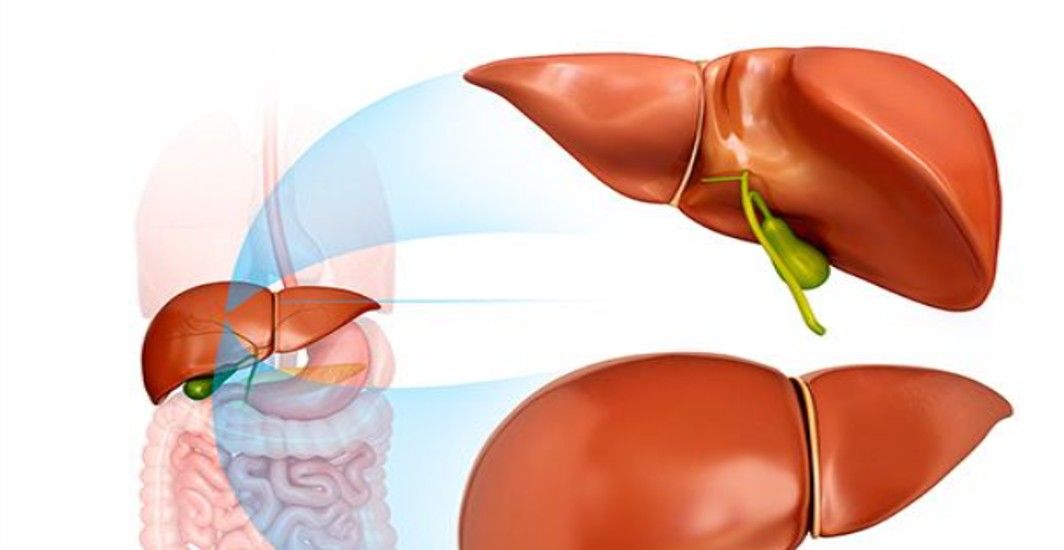Diabetes Management
Reasons for Post-Meal Drowsiness in Diabetic Individuals
2 min read
By Apollo 24|7, Published on - 04 April 2024, Updated on - 14 August 2025
Share this article
0
1 like
.jpg?tr=q-80)
Post-meal tiredness, often known as 'postprandial somnolence', can disrupt your daily routine and raise concerns, particularly for individuals with diabetes. But what triggers this phenomenon, and why is it prevalent among individuals with diabetes? Let's delve into the science behind post-meal sleepiness, exploring its association with diabetes and various contributing factors.
Factors Contributing to Post-Meal Sleepiness
Blood Sugar Dynamics
Post-meal, the body converts food into a type of energy source called Glucose. However, in diabetics, glucose metabolism is affected due to insulin resistance or deficiency, resulting in high blood sugar levels. This elevation in sugar levels can induce lethargy and drowsiness after meals.
Influence of Food Choices
The types of foods one eats also play a role in post-meal sleepiness. High-glycaemic index (GI) carbohydrates like rice or bread can cause a rapid increase in blood glucose levels, prompting the body to produce excess insulin. This rapid increase, followed by a subsequent drop in blood sugar levels, can contribute to feelings of sleepiness.
Impact of Magnesium Deficiency
Magnesium is a mineral essential for muscle relaxation and nerve function. Many individuals with diabetes develop magnesium deficiency. This deficiency can increase fatigue and lethargy, further contributing to post-meal sleepiness.
Managing Post-Meal Sleepiness
Monitoring Blood Glucose Levels
Regular monitoring of blood glucose levels using glucometers or diabetes management tools can help you understand how different foods affect sugar levels. These insights enable better dietary management, mitigating post-meal sleepiness.
Eating Low Glycaemic Index Foods
Adding low-GI foods to your diet helps maintain stable blood sugar levels, reducing the likelihood of post-meal slumps. Whole grains, legumes, and lentils are excellent examples of low-GI foods.
Supplementing the Diet
Addressing mineral deficiencies, particularly magnesium deficiency, is crucial. Incorporating magnesium-rich foods such as spinach, almonds, and bananas or opting for supplements can alleviate fatigue associated with deficiency.
Understanding the factors that contribute to post-meal sleepiness helps individuals manage their diabetes better. By monitoring blood sugar levels, choosing low GI foods, and addressing mineral deficiencies, individuals can effectively navigate this common issue associated with diabetes.
Diabetes Management
Consult Top Diabetologists
View AllLeave Comment
Recommended for you

Diabetes Management
Intermittent Fasting's Impact on Blood Sugar Control
Research has demonstrated that Intermittent Fasting (IF) is a valuable practice that can aid in regulating blood sugar levels. This rhythmic eating pattern resets your body's metabolic functions, enhances insulin sensitivity, and manages weight effectively. It's not just a diet; it's a holistic journey to a healthier you!

Diabetes Management
Diabetes and Gallbladder Health: Understanding the Risks and Prevention
Unveiling the link between diabetes and gallbladder risks, primarily gallstones, sheds light on the importance of proactive diabetes management. A balanced, low-cholesterol diet and regulated weight are key to mitigating these risks. As symptoms vary, understanding them and consulting a healthcare expert can help fast-track treatment, preventing complications.

Diabetes Management
How do you manage diabetes along with a demanding work/job?
Balancing diabetes with a demanding job? It might seem daunting, but it's not impossible. Regular monitoring, a balanced diet, adequate rest, and managing stress are essential for managing diabetes in the workplace. Read on to learn how you can handle work restrictions due to diabetes while maintaining your productivity and health. Remember, controlled diabetes means uninterrupted work and a healthier you. Make the first step towards better diabetes management today.
Subscribe
Sign up for our free Health Library Daily Newsletter
Get doctor-approved health tips, news, and more.
Visual Stories

8 Fruits That are Incredibly Healthy for Diabetes
Tap to continue exploring
Recommended for you

Diabetes Management
Intermittent Fasting's Impact on Blood Sugar Control
Research has demonstrated that Intermittent Fasting (IF) is a valuable practice that can aid in regulating blood sugar levels. This rhythmic eating pattern resets your body's metabolic functions, enhances insulin sensitivity, and manages weight effectively. It's not just a diet; it's a holistic journey to a healthier you!

Diabetes Management
Diabetes and Gallbladder Health: Understanding the Risks and Prevention
Unveiling the link between diabetes and gallbladder risks, primarily gallstones, sheds light on the importance of proactive diabetes management. A balanced, low-cholesterol diet and regulated weight are key to mitigating these risks. As symptoms vary, understanding them and consulting a healthcare expert can help fast-track treatment, preventing complications.

Diabetes Management
How do you manage diabetes along with a demanding work/job?
Balancing diabetes with a demanding job? It might seem daunting, but it's not impossible. Regular monitoring, a balanced diet, adequate rest, and managing stress are essential for managing diabetes in the workplace. Read on to learn how you can handle work restrictions due to diabetes while maintaining your productivity and health. Remember, controlled diabetes means uninterrupted work and a healthier you. Make the first step towards better diabetes management today.
